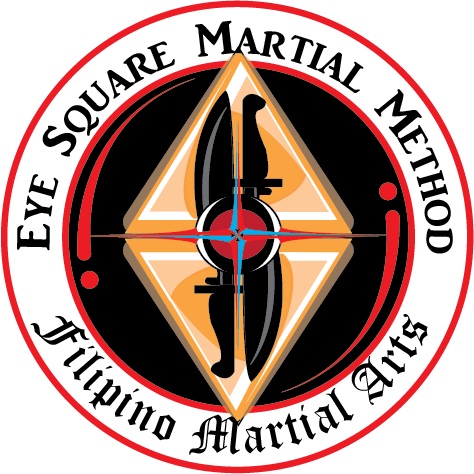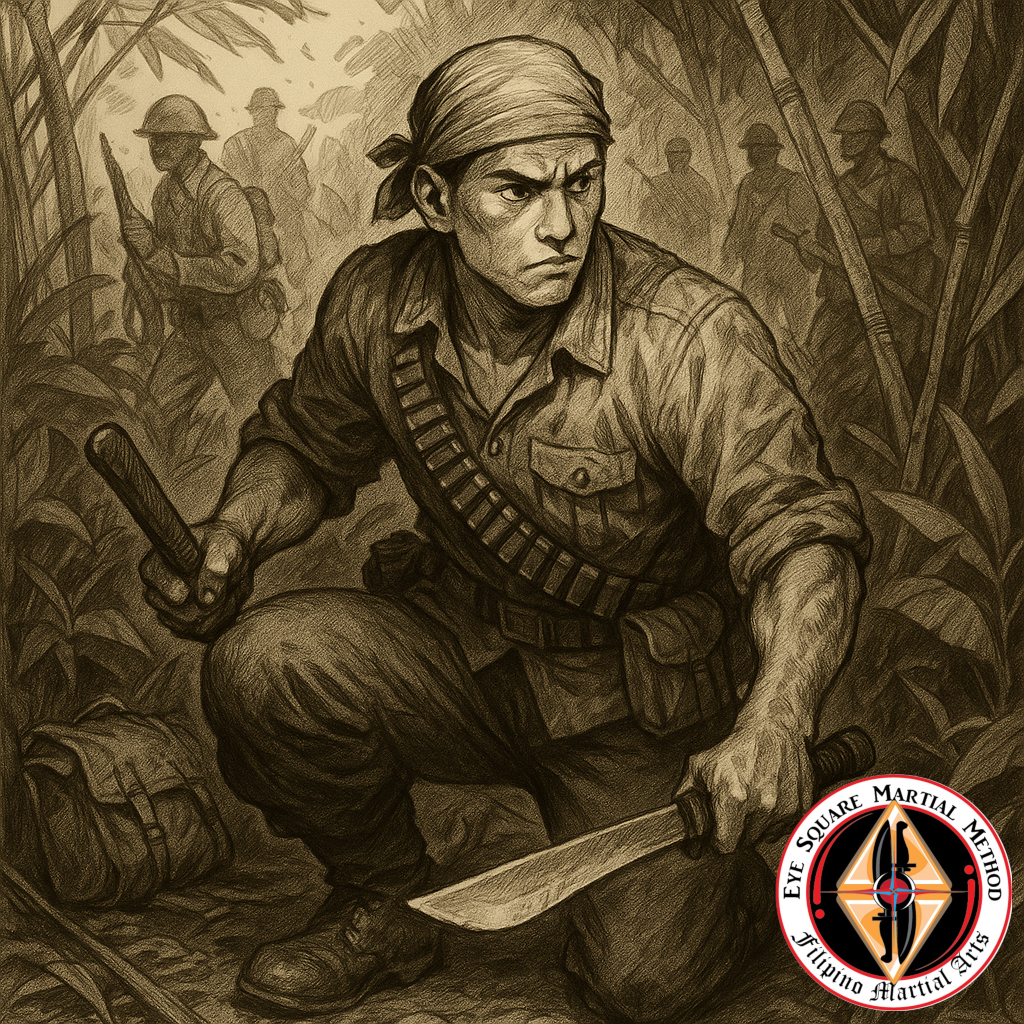By the end of the 19th century, Spain had worn out its welcome—and the United States saw an opportunity. After the Spanish-American War in 1898, the Philippines was handed off like a consolation prize. What followed was decades of American occupation, a war for independence, and one of the most brutal chapters in world history: World War II. Through it all, Filipino martial arts kept adapting—and proving their worth in real combat.
The Philippine-American War and Guerilla Reality
From 1899 to 1902, the First Philippine Republic fought fiercely against American forces. While the Americans had rifles, Filipinos fought with whatever they had—bolos, spears, and raw determination. It was a guerrilla war, and FMA was central to it. The jungle wasn’t just terrain—it was a training ground.
Even after official hostilities ended, pockets of resistance continued. These fighters didn’t wear uniforms, and they didn’t fight by the book. They moved fast, used ambush tactics, and hit where it hurt. And they passed down their skills quietly—just like during the Spanish era.
From Training Grounds to School Grounds
The Americans brought with them a love of boxing, baseball, and a school system that emphasized “civilized” sports. Martial arts weren’t part of the curriculum, but that didn’t stop them from thriving in the provinces. Systems were preserved within families or taught through private tutelage. In some cases, stick fighting even became part of physical education—but only in its most watered-down, sportified form.
Still, many of the old masters kept the real material alive. Backyard lessons. Nighttime training. Real-deal blade work.
The War That Changed Everything
When World War II hit, the Japanese occupation of the Philippines was brutal. Civilians became soldiers, and martial skill became survival skill. FMA practitioners—some already veterans of resistance against the Spanish or Americans—once again took to the jungles.
Many Filipino fighters served alongside American forces in irregular units like the USAFFE and various guerrilla groups. And yes—FMA was used. Bolos were standard gear. Improvised weapons, ambush tactics, blade work, hand-to-hand combat—it wasn’t theory. It was life or death.
The Influence of WWII on FMA
The war created a generation of hardened fighters. Some would go on to systematize what they’d learned in blood. When the war ended and the Philippines became independent in 1946, many of these warriors began to teach in earnest.
This was the era that produced legends. Many of the grandmasters who shaped Modern Arnis, Doce Pares, Balintawak, and other systems came of age during or just after WWII. Their systems were forged from experience.
A Legacy of Resistance and Reinvention
From machetes against muskets to bolos against bayonets, Filipino martial arts remained what they had always been: practical, adaptable, and dangerous. The American period and World War II didn’t just test the arts—they validated them.
In the next chapter, we’ll explore how Filipino martial arts went from village secrets to global exports—thanks to migration, Hollywood, and one very influential Bruce Lee.

